Is Yega Chevy coffee good? shepherd coffee beans taste as sweet and soft as silk
I believe many coffee people have heard that Ethiopia is the birthplace of coffee, and the local coffee culture is very strong. Ethiopia's love of coffee is known all over the world. There are various coffee shops all over the streets and alleys, which seem to remind you that this is the birthplace of coffee.
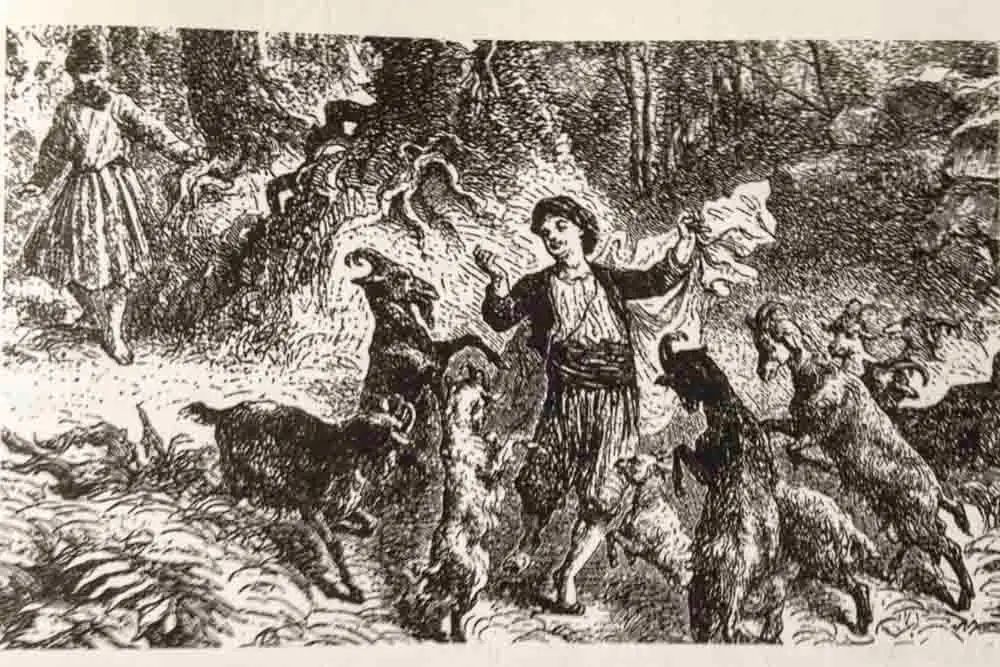
The story of shepherds and coffee
Legend has it that on the Ethiopian plateau in Africa, Carl, a shepherd, happened to discover that his goats had become extremely excited because they had eaten some wild red fruit while grazing. Curious, he also picked some home to taste. After eating, he felt refreshed and excited, so he shared it with the villagers. As word spread, coffee beans arrived in Arabia, cultivation and trade began, and coffee beans began a centuries-long global journey.
In Ethiopian, coffee is bunn or buna. The origin of coffee is Kaffa. So coffee is sometimes called "Kaffa bunn," or coffee from Kaffa. Thus, the word "coffee bean" is often thought to be an anglicization of "Kaffa bunn." The English word coffee is derived from the Ethiopian name kaffa. Here, coffee is more like a local cultural belief. Ethiopian people keep the most primitive purity of coffee. They grind the coffee beans roasted by charcoal fire into powder with the most primitive iron pestle and put them into the pot for brewing coffee. The boiled coffee slowly emits its unique aroma and tastes with traditional bread.
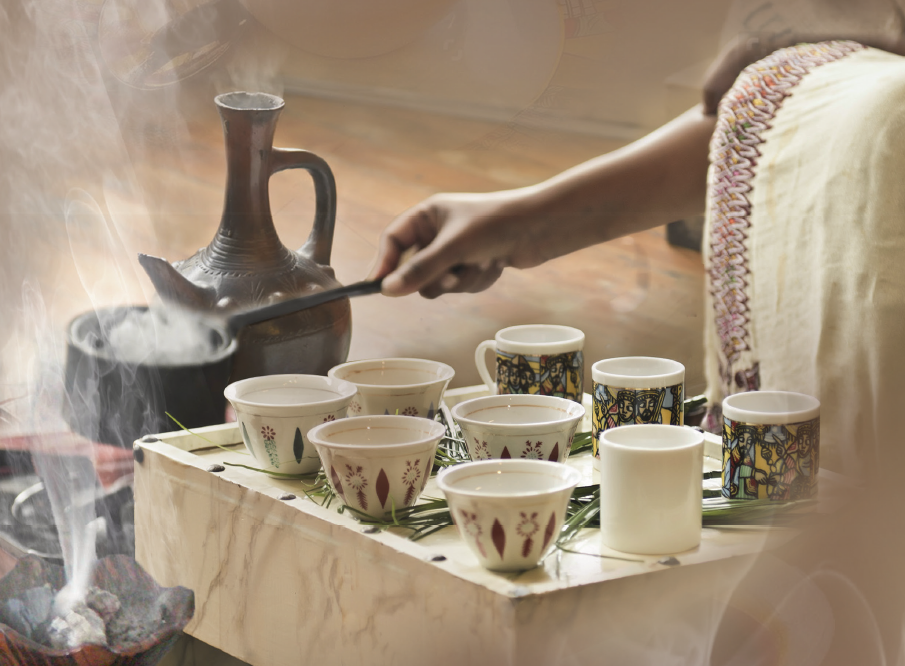
Yegashefi is synonymous with Ethiopian fine coffee
Coffee cultivation in Ethiopia is dominated by western and southern regions, with smallholder families accounting for 90% of the total cultivation, and nearly 1.2 million smallholder families depend on coffee cultivation for their livelihood. Administratively, coffee is grown in all five major states of Ethiopia, with Harar Coffee, Yega Coffee and Sidama Coffee being the most well-known. Yejia Shefei is a small town, but it produces thousands of tons of fine coffee every year, which shows that Yejia Shefei production area plays an important role in Ethiopia.
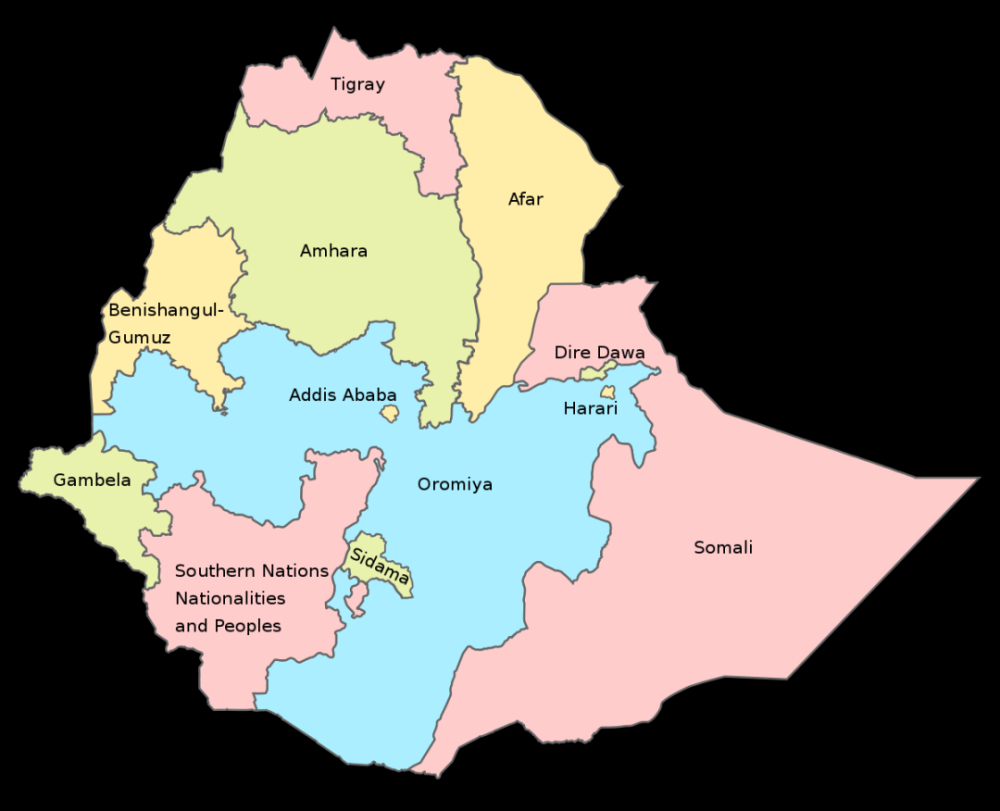
Ethiopia's coffee production system is divided into four types: forest coffee, semi-forest coffee, pastoral coffee and large plantations, of which pastoral coffee is the most common, with a planting area of no less than 4 hectares per household. Due to the small coffee production of smallholder farmers, there will be large and small coffee cooperatives and processing plants, mainly responsible for the processing of green coffee beans in the region. Farmers send their coffee beans to a nearby treatment plant set up near the water source for centralized treatment, and then sell them under the name of the treatment plant.
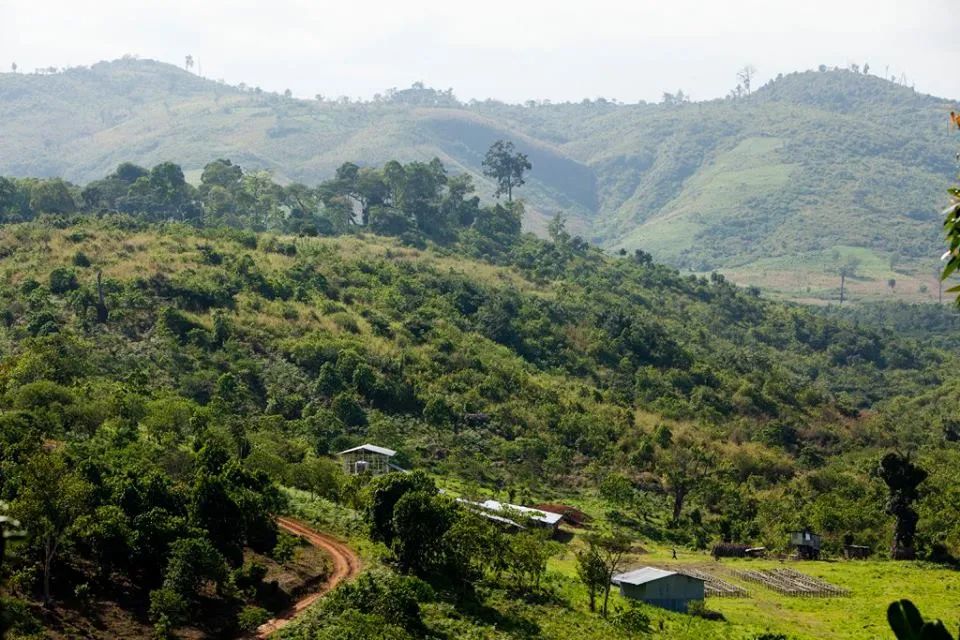
It was originally part of the Woka Cooperative, a subsidiary of the YCFCU of the Yggashefi Alliance. However, with the pursuit of traceability of coffee beans, independent "single producing areas" were excavated by coffee hunters all over the world, so in 2012, a production team with about 300 farmers was independently established as "Fruit Ding Cooperative". For coffee drinkers on Front Street, if they want to drink washed fruit coffee, Front Street baristas will give priority to fruit co-op coffee on the bean rack. The washed fruit tintin cooperative not only does not have the bitter taste of traditional black coffee, but also has fresh and bright citrus, citric acid and jasmine fragrance, which makes many coffee people fall in love with it as soon as they drink it.
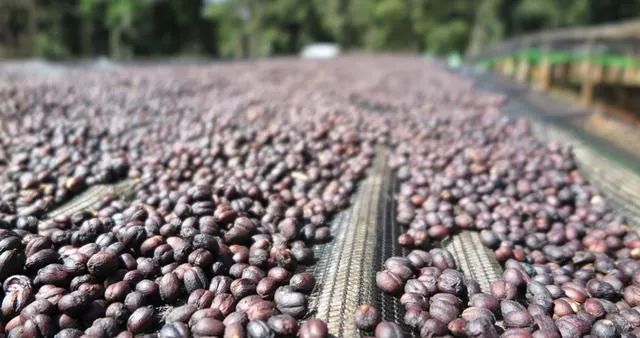
Traditionally, farmers harvest coffee berries directly on the patio, or spread on the ground, direct sunlight drying, direct coffee berries only about 12% moisture content can be sent to the shell packaging. In order to improve the defective flavor caused by this exposure method, Ethiopia introduced washing technology from Central and South America. During the washing process, there are several steps to remove defective beans, showing cleaner acidity in flavor and adding a layer of yega-sherfie aroma.
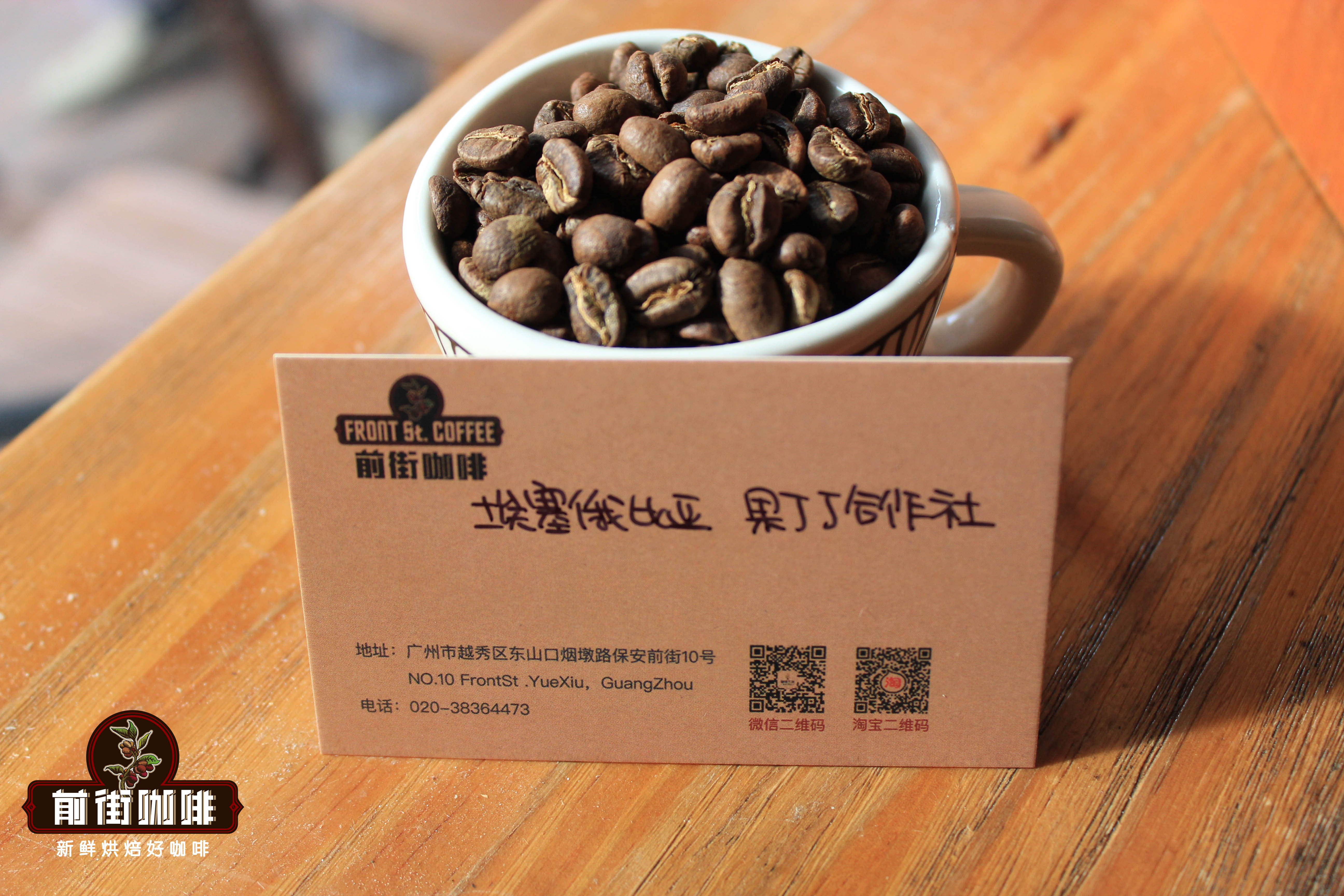
Fruit Tintin Cooperative Coffee Hand Brewed Flavor Description
The former street thinks that yejia snow fei is mainly represented by fruit acid tonality, which is more suitable for shallow baking method, highlighting the bright fruit acid of yejia snow fei. Freshly baked yejia snow fei, front street will be as soon as possible for cup test tasting. Washed fruit Tintin Co-op coffee with dry aromas of fresh passion fruit, citrus and berry fruit. The moist notes are citrus, berry, citrus acidity, berry sweetness, almond, tea, sweet finish with honey. Low body, bright acidity, clean and refreshing.
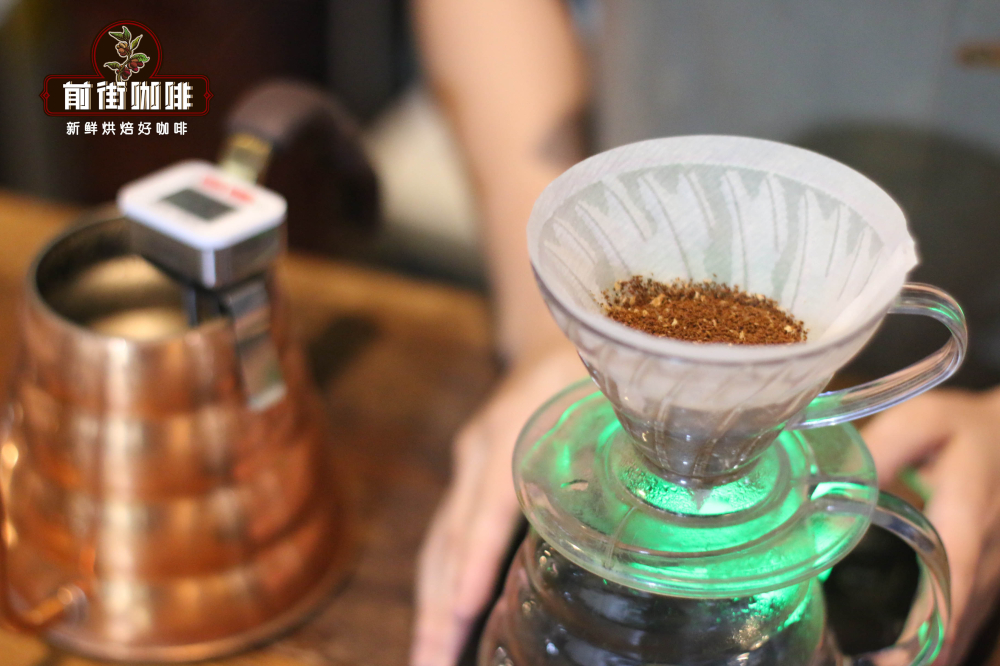
Coffee beans will have 4-7 days of exhaust time after roasting, and then enter an optimal taste stage. As the storage time increases, the aroma of coffee will accelerate and volatilize, and the flavor and taste will be greatly reduced. In order to ensure that everyone drinks coffee at the best time, Front Street will ensure that only fresh roasted beans within 5 days are shipped, so that everyone receives the best aroma of coffee beans.
Because yekashefi is grown at high altitudes and is lightly roasted, the internal texture of the beans is not altered much. In order to release more rich aroma, Qianjie will use higher water temperature and finer grinding degree for extraction, with V60 filter cup. V60 filter cup body has a guide rib connecting the top and bottom and a large circular hole in the center to accelerate the flow rate of water falling, while the spiral exhaust groove design makes the water flow path longer, increasing the contact time of coffee powder and hot water. Each water flow converges along the groove to the center point of the filter cup, and the pressure on the coffee powder is concentrated. The coffee extracted is richer.
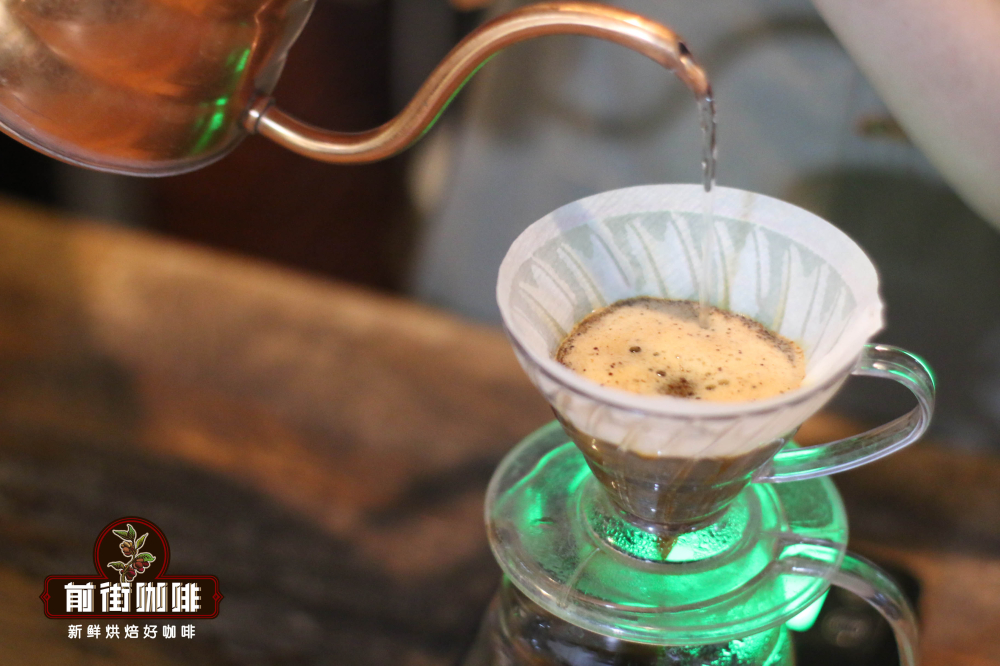
Yega Shefi's brewing parameters:
Filter cup: V60 Water temperature: 92-93 degrees Celsius Powder amount: 15g Powder water ratio: 1:15 Grinding degree: Fine sugar size (No. 20 sieve bowl sieve powder to 78%)
In the first stage, 30 grams of water was injected for 30 seconds, followed by 95 grams (about 125 grams displayed on the electronic scale). The injection was completed in about 1 minute. When the water level dropped to 2/3 of the powder layer, the remaining 100 grams (about 225 grams displayed on the electronic scale) was injected. The injection was completed in about 1 minute and 35 seconds. 2 '10 "Drip filtration complete, remove the filter bowl, complete extraction.
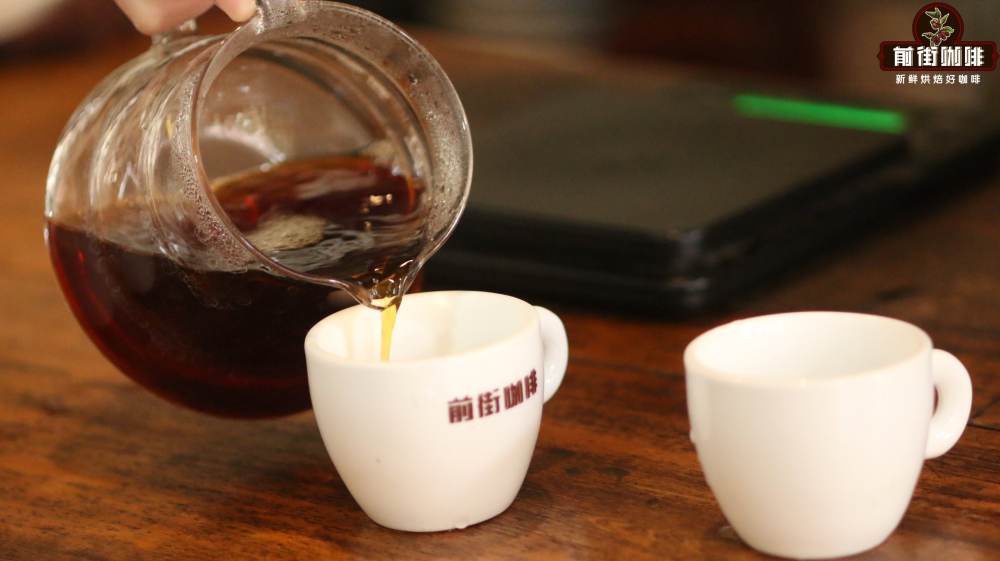
Water-washed fruit tintin cooperative flavor: the entrance has jasmine flower fragrance, lemon, citrus, green tea, with the temperature change under the berry, cream, sugar cane aftertaste, clear sweet taste.
Professional coffee knowledge exchange More coffee bean information Please pay attention to coffee workshop (Weixin Official Accounts cafe_style)
More fine coffee beans, please add private WeChat Qianjie Coffee, WeChat: qjcoffeex
Important Notice :
前街咖啡 FrontStreet Coffee has moved to new addredd:
FrontStreet Coffee Address: 315,Donghua East Road,GuangZhou
Tel:020 38364473
- Prev
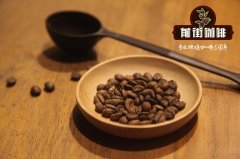
Characteristics of Brazilian Coffee and Ethiopian Coffee producing area description of flavor and taste of Yega Xuefei coffee beans
People who like fine coffee, especially African coffee, must be too familiar with the name Yega Xuefei. The name Yega Xuefei sounds very poetic, like a fairyland. And the coffee produced is the same as the name, bright sour flowers and fruits, elegant and chic aroma, so that many people worship in Yega.
- Next
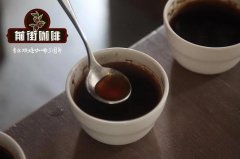
Indonesian specialty coffee Sumatra Azizayou Black Crown Manning
Qianjie-Jiayu Mantenin Crown Series Black Crown introduction [Aceh, Sumatra
Related
- Detailed explanation of Jadeite planting Land in Panamanian Jadeite Manor introduction to the grading system of Jadeite competitive bidding, Red bid, Green bid and Rose Summer
- Story of Coffee planting in Brenka region of Costa Rica Stonehenge Manor anaerobic heavy honey treatment of flavor mouth
- What's on the barrel of Blue Mountain Coffee beans?
- Can American coffee also pull flowers? How to use hot American style to pull out a good-looking pattern?
- Can you make a cold extract with coffee beans? What is the right proportion for cold-extracted coffee formula?
- Indonesian PWN Gold Mandrine Coffee Origin Features Flavor How to Chong? Mandolin coffee is American.
- A brief introduction to the flavor characteristics of Brazilian yellow bourbon coffee beans
- What is the effect of different water quality on the flavor of cold-extracted coffee? What kind of water is best for brewing coffee?
- Why do you think of Rose Summer whenever you mention Panamanian coffee?
- Introduction to the characteristics of authentic blue mountain coffee bean producing areas? What is the CIB Coffee Authority in Jamaica?

